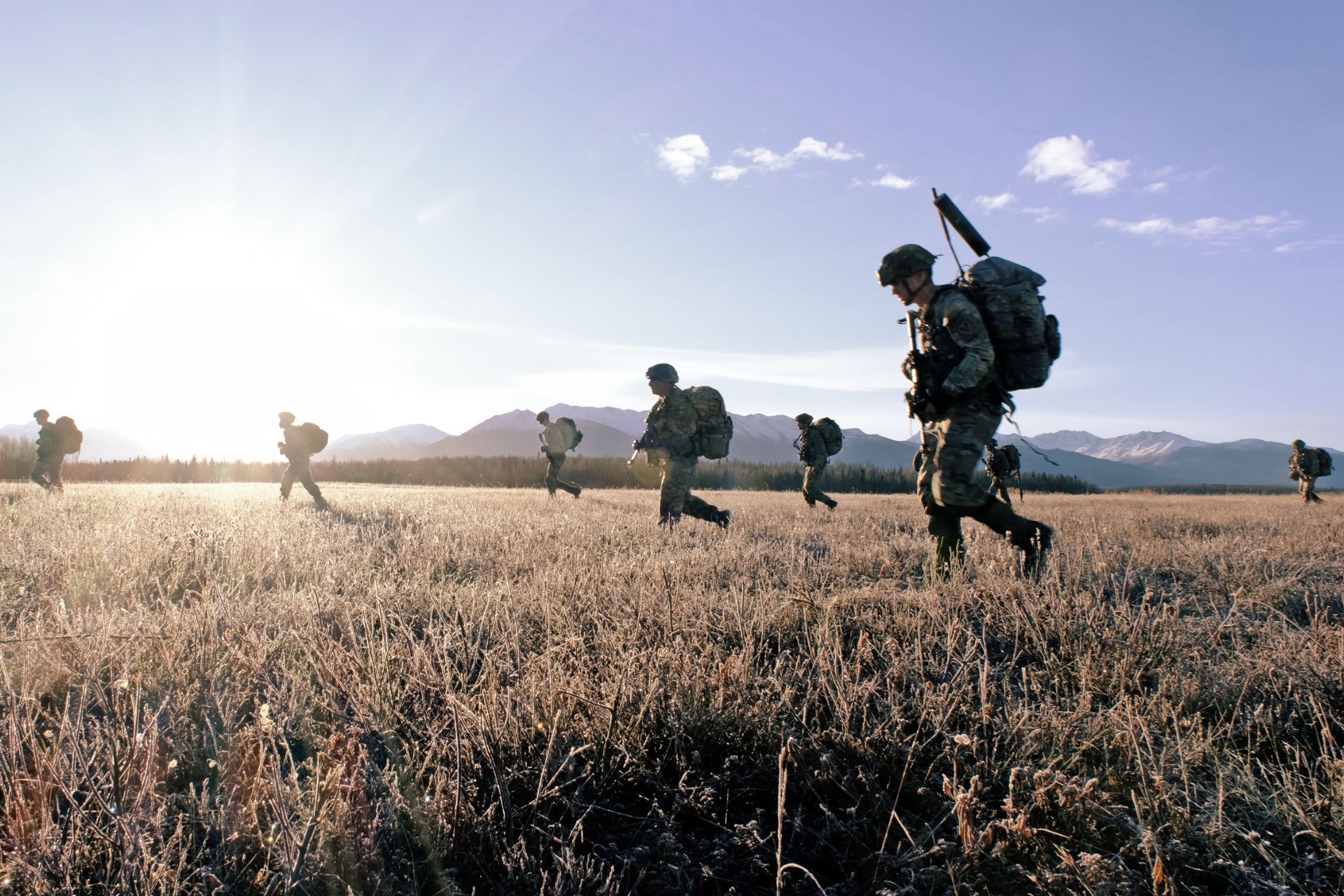Breaking News
Analysis: China's Arctic Ambitions Under Watchful Eye of US.
The Arctic, long regarded as an isolated and inhospitable region, has now emerged as a strategically significant territory. Climate change and shifting geopolitical dynamics are transforming the region into a nexus of economic, military, and environmental challenges. Iris A. Ferguson, Deputy Assistant Secretary of Defense for Arctic and Global Resilience, highlighted this evolving dynamic during a recent conference at the Center for Strategic and International Studies. She particularly emphasized China’s growing interest in the Arctic, a development that has raised concerns among U.S. officials, as reflected in a December 5, 2024, report by the U.S. Department of Defense.

U.S. Army soldiers move towards their objective on Malamute Drop Zone in Joint Base Elmendorf-Richardson, Alaska for Arctic Aloha Oct. 15, 2024 (Picture source: US DoD)
Although China is not an Arctic nation, its ambitions in the region are evident. Beijing views the Arctic as a potential source of raw materials and a strategic opportunity to enhance its global influence. Close cooperation between China and Russia in the Arctic adds to these concerns. Despite Russia’s military engagement in Ukraine, President Vladimir Putin continues to invest heavily in both economic and military strategies in the Arctic. Ferguson noted that even with the strain Russia faces in Ukraine, the Arctic remains a key component of its strategic calculations regarding the United States and NATO.
Climate change further accelerates these developments. With the Arctic warming at a rate four times faster than the global average, the region is becoming more accessible, creating opportunities for settlement and increased activity by competing nations. Ferguson observed that China, as a relatively new actor in the Arctic, is pursuing strategic interests that raise questions about their potential long-term impact on U.S. interests.
A particularly concerning element is the growing military cooperation between China and Russia. In 2023, the two nations conducted joint exercises in the Bering Strait, followed by a bomber patrol near Alaska’s coast. Their collaboration extends to joint efforts between their coast guards, introducing a new dimension to military activities in and around Alaska. These developments signify a notable shift in the strategic dynamics of the region, heightening U.S. concerns.
In response to these challenges, the U.S. Department of Defense has unveiled a new Arctic strategy aimed at ensuring stability and security. The strategy focuses on three primary objectives: enhancing surveillance to detect threats and maintain operational readiness in the region, strengthening engagement with allies and partners who share aligned strategic interests, and leveraging regular military exercises to bolster deterrence in collaboration with these partners. These allies, numbering seven, form a strategic network extending from the Russian-European border to the Bering Strait.
However, the U.S. strategy must go beyond military measures. China is leveraging other avenues to strengthen its presence in the Arctic, including scientific research projects and economic partnerships. Beijing’s efforts to integrate itself into the region through non-military means further underline the complexity of the challenge. Ferguson stressed the importance of a clear understanding of China’s intentions and the development of strategic responses to safeguard U.S. long-term interests.
The Arctic has become a focal point of global strategic competition, encompassing economic ambitions, environmental challenges, and military rivalries. China's growing presence, combined with its enhanced collaboration with Russia, poses significant challenges for the United States and its allies. As these dynamics evolve, a proactive and coordinated strategy will be crucial to maintaining stability and security in this critical region.


























